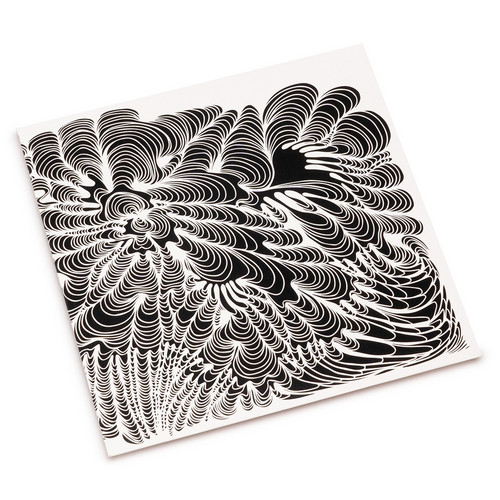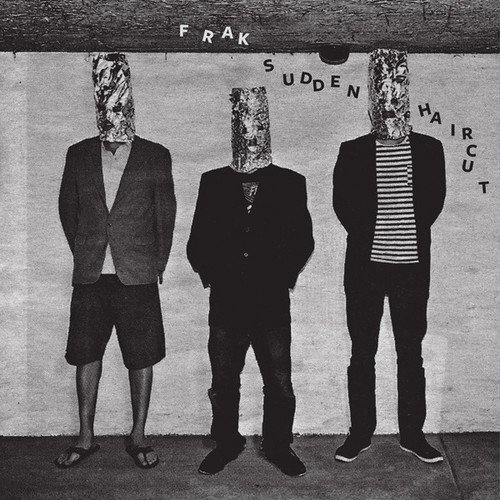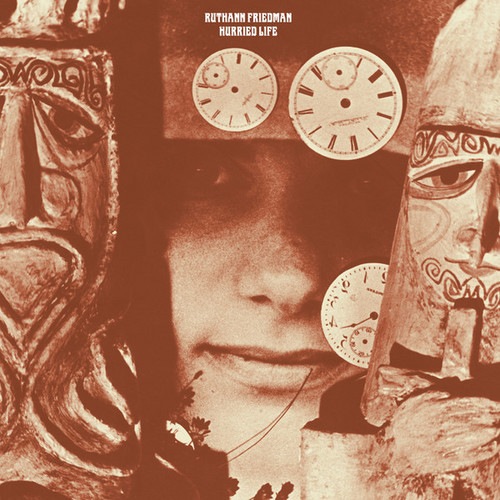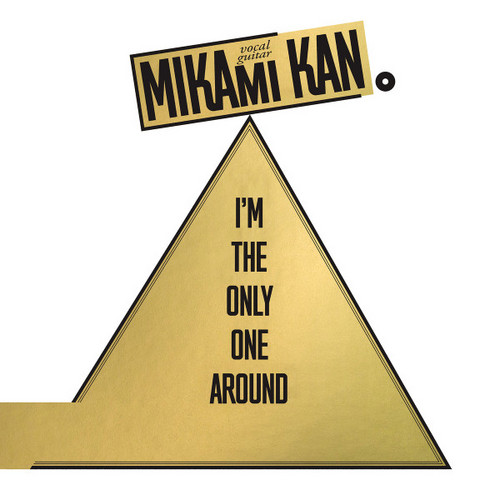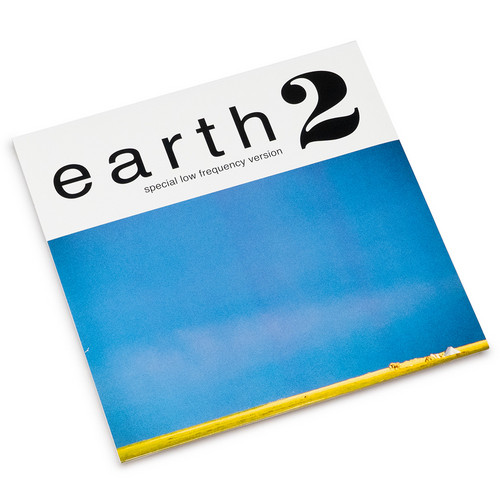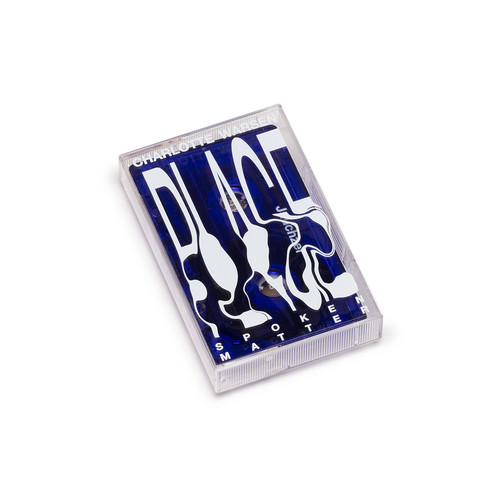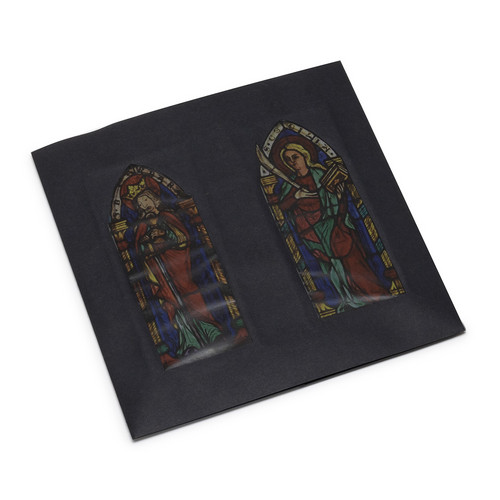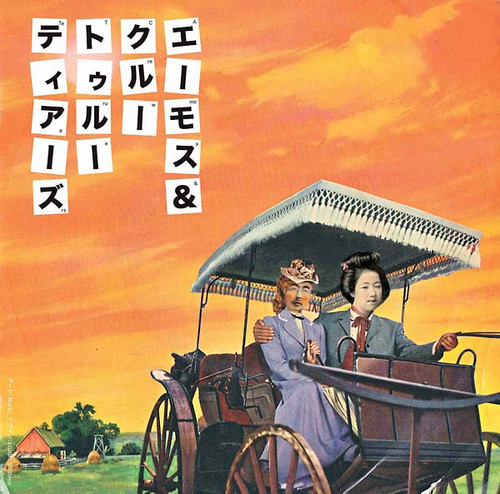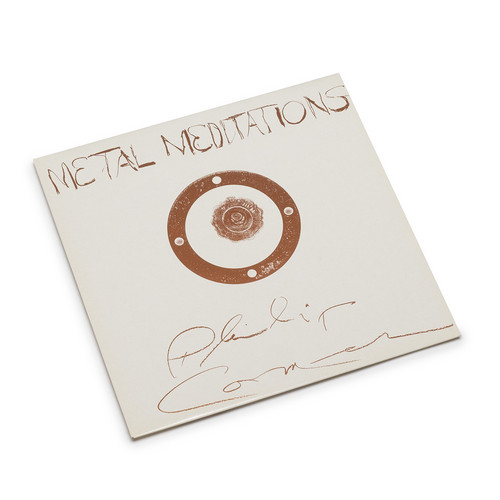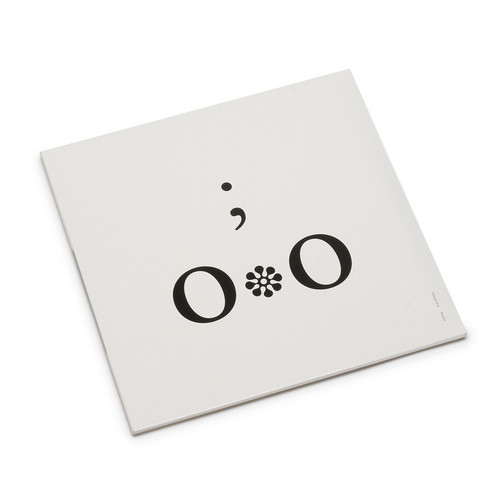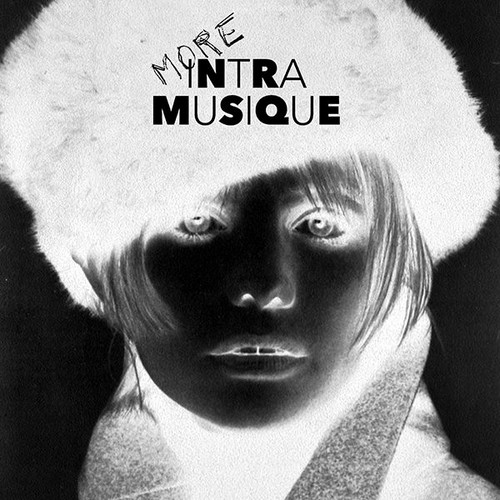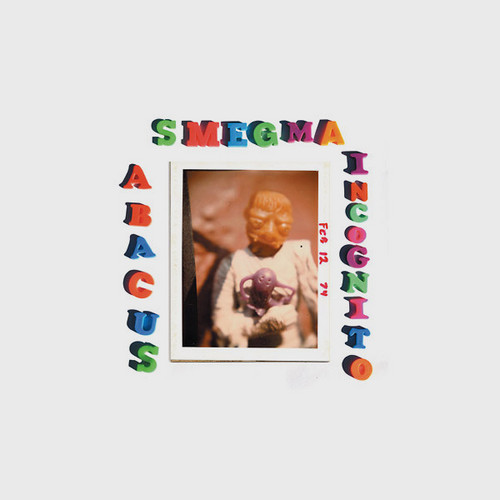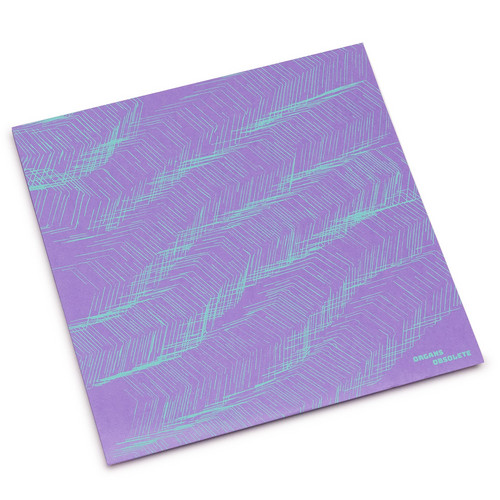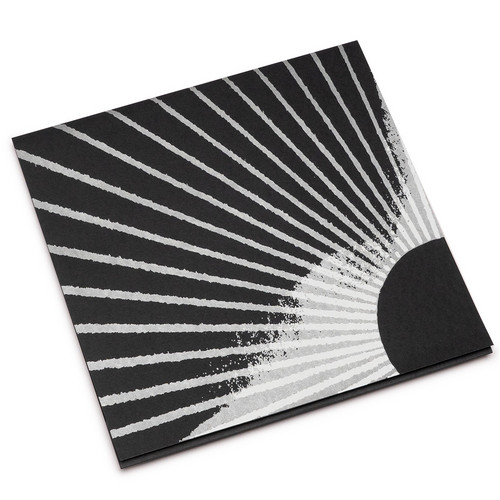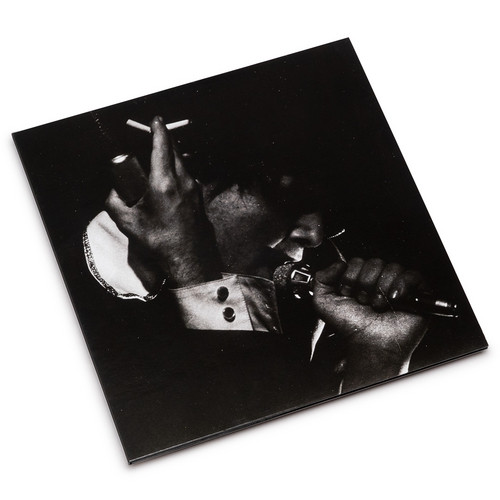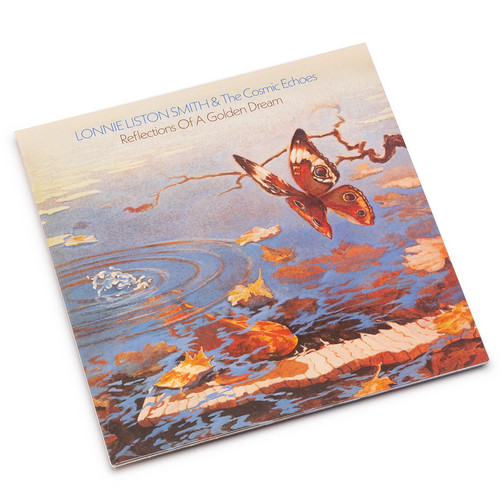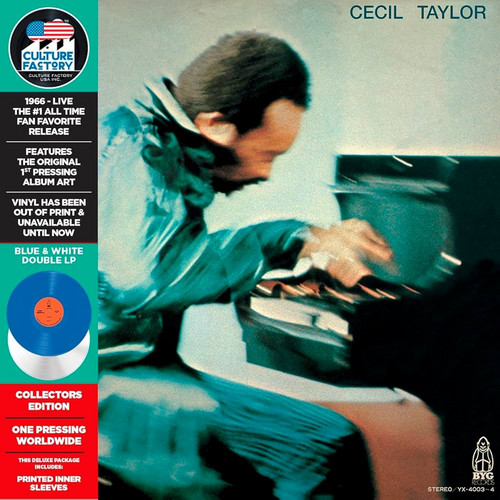Back in stock
Øyr
*2025 stock* Lomas Productions is proud to announce the release of Øyr, the latest sonic journey from the artist Øyr. Blending electronic atmospheres with immersive ambient textures, Øyr invites listeners into a vivid world where soundscapes feel both expansive and intimate.
Crafted with precision and sensitivity, the album is a meditation on isolation, memory, and transformation. Waves of synths and subtle rhythmic currents wash over the listener, building an environment that is as contemplat…
Sudden Haircut
*2025 stock* Frak returns with “Sudden Haircut,” a powerful new EP that captures the essence of the long-running Swedish trio’s unmistakable acid techno sound. Recorded in 2015, the release opens with its ten-minute title track—a brooding, heavy-hitting acid attack crafted for the dance floor, driven by relentless 808 drum claps and eerie textures. This hypnotic exploration distills Frak’s signature minimalism, combining raw energy and lush sonic detail to create a compelling listening experienc…
Hurried Life (Lost Recordings 1965-1971)
*2025 stock* In 1967, the folk-pop group The Association had a massive hit with a song called “Windy” penned by an unknown young woman named Ruthann Friedman. Two years later, she released her own album Constant Companion on Warner/Reprise Records that sounded nothing like “Windy” – it had more in common with her labelmate Joni Mitchell or cult-hero Linda Perhacs. Decades later, Ruthann would be declared an “astral folk goddess” and championed by the likes of Devendra Banhart.
Around that time, …
I'm The Only One Around
*2025 stock* For over 50 years, Kan Mikami has stood as a master of the Japanese blues and outsider folk. His unmistakable, powerfully evocative voice and surrealistic poetry reveal a gritty, transgressive life on the margins shot through with evocations of sex and violence, religion and romance. Released in 1991, I’m the Only One Around was Mikami's first album with Tokyo's legendary P.S.F. Records and heralded an artistic renaissance. It marked the beginning of an incredibly productive and wil…
Earth 2 - Special Low Frequency Version
2024 stock. Did you know there are horses on the cover of Earth's Earth 2: Special Low Frequency Version? There are at least three in the right hand corner, gathered inexplicably near a white canvas tent, a human possibly perched among its folds. As widescreen and vast as the cover may seem, those little details-the horses, the possible human, the faint wisp of white clouds-give it depth and wonder, something to which the imagination can return. Did you know that the music on Earth 2-repressed n…
Micro Poems
Micro Poems is the latest release by Andreas Bülhoff and Marc Matter. It is also the first release on the new imprint Spoken Matter that focuses on language-based sound works and sonic poetry. Four years after their first exploration of condensed meaning making with their release Of/Off, this record radicalises the concept of stupendous repetitions of isolated and ambiguous words by embracing the capability of the vinyl medium and the particularity of closed locked grooves, impossible on any oth…
Plage
Plage is a power lament of love and loss. It consists of two groups of poems, Seufzer (sighs) and Jauchzer (whoops), read by the author. Charlotte Warsen is a writer and teacher and lives in Berlin.
Ubique
Last copies! ** Edition of 250 copies in incredible diorama-style hand-made sleeve. **One more top mysterious trace from the Little Skull legacy: Dean Brown's album Ubique (i.e. "everywhere" in Latin) marks the passing of time and people. This sense of loss is very present though the whole record; not getting around to saying the things we meant to say and making sense of the leftovers. Screaming calmly, Dean Brown's Little Skull has shrunk, even more, until his head is almost just sore meat - t…
Decimus 2
** Silkscreened edition of 250 copies ** PLANAM presents you the new Pat Murano solo project of abrasive atmospheric aggressions. Founding member of No Neck Blues Band, Pat Murano also established the K Salvatore highly enigmatic duo in the mid 1990s together with Jason Meagher (also of NNCK fame and more recently head of the Black Dirt Studios) as well as the black Malkuth beast.
Decimus has existed as an entity for some years, privately kept secret in the abyss of New York darkest creation. Av…
True Tears
A quintessentially sinister masterpiece reissued for the first time in an edition limited to 365 copies. A mysterious 1982 cassette masterpiece by Amos & Crew from the It's War Boys catalogue remastered from the original tapes by Amos himself. Sailored, Dutchwifed, and highly-refinedly laid-out by Studio Shitless. Art by Err o'. Large four-page full-color insert with an essay by Ed Baxter and a text translated by Derek Bentley from the original Japanese (1982). "Recorded in Tokyo, Japan …
Metal meditations
"Metal Meditations is the culmination of many years experience and experiment with the properties of resonant metal objects, whether intended for music for not." Philip Corner. One side is taken from a 1974 performance at Merce Cunningham's studio, performed by David Behrman (electronics and performer) & others. There is also a 1975 performance with Bill Fontana and Corner ("long metal pipe with active microphone) as well as a short version from the Avant Garde Festival in Cambridge, MA, 1978.
Porn Art Movement
These previously unissued recordings from the Porn Art Movement (1980-1982) include five performances recorded live on Ipanema Beach in 1982, as well as a selection of previously unheard studio recordings of Eduardo Kac yell-poems. Kac fused existing coarse and curse words with parts of words, neologisms, salacious buffoonery, the antinormative scribblings of toilet-wall graffiti, commonplaces, blasphemy, expletives, agrammatisms, incorrect orthography, slangy expressions, lexical exorbitance, g…
More Intra Musique
When glancing over the history of indigenous French free improvised music, there tends to be two observable categories of musicians - those who worked and collaborated with their counterparts from abroad, and those who worked independently. The former is generally more celebrated, and among those the drummer Jacques Thollot, who worked with Don Cherry, Steve Lacy, Sonny Sharrock, Sam Rivers, Joachim Kühn, and numerous others, as well as with French pioneers like Barney Wilen and Jef Gilson, rank…
Abacus Incognito
**Edition of 200 (numbered)** New primitive-suburban-folk music from Temple City and Pasadena, CA, circa 1973-4. This new edition is culled from the original unissued Smegma tape vaults of Ju Suk Reet Meate and represents the most pure expression of the insular sound-world that was spontaneously discovered as a group. Unlike 2017's Look'n For Ya (TES 154LP) no song forms are ever used, instead fearless group improvisational vocals take you on a strange shape-shifting journey through operatic sho…
RRH1
Hoffman’s bass in Sightings defined NYC noise. Organ’s Obsolete: solo, looping, immersive bass meditations—psychedelic, visceral, and uniquely powerful.
V1/V2
Samara Lubelski crafts intricate, fragile sonic worlds—simultaneously delicate and chaotic. Her music explores creation, destruction, and liminality, evoking alien yet lyrical landscapes where every gesture births its opposite, forever shifting between presence and disappearance.
Insurrection
In The Red are proud to announce the release of Insurrection - a previously unreleased album by the Brooklyn born master of minimalism Alan Vega. The 11 songs on "Insurrection" showcase the unparalleled vision and uncompromising force from one of the most influential artists of all time.
Reflections Of A Golden Dream
Lonnie Liston Smith was one of the most important musicians to emerge in jazz in the 1970s. His 1975 album ‘Expansions’ is one of the foundation stones of modern dance music and his recordings have been sampled by many of the biggest artists in the world. His music was a cosmically inspired spiritual interpretation of the music he had been making during his time with Pharoah Sanders, Gato Barbieri and Miles Davis.
Released in 1976,“Reflections On A Golden Dream”, the follow-up to “Expansions”, w…
Student Studies
Recorded in Paris in 1966, this double album by Cecil Taylor explores avant-garde free jazz improvisations with Jimmy Lyons, Alan Silva and Andrew Cyrille. Taylor, with his percussive playing, goes beyond the limits of traditional jazz, offering an intense and revolutionary sonic experience, marking his contribution to the genre. Double LP in blue and white, limited to 1,000 copies.
Chris Thompson
*2025 stock.* Chris Thompson started out his career in Hamilton, New Zealand in 1965, then turned professional in 1968. In the early seventies he moved to England, where he played the guitar with Californian folk singer Julie Felix. While in England, Chris also played with British Folk-Blues legends Wizz Jones and Davey Graham and made his debut album in 1973. Originally issued on the Village Thing label, it has been claimed as one of the best acid folk albums of the 1970s. Recorded in numerous …
